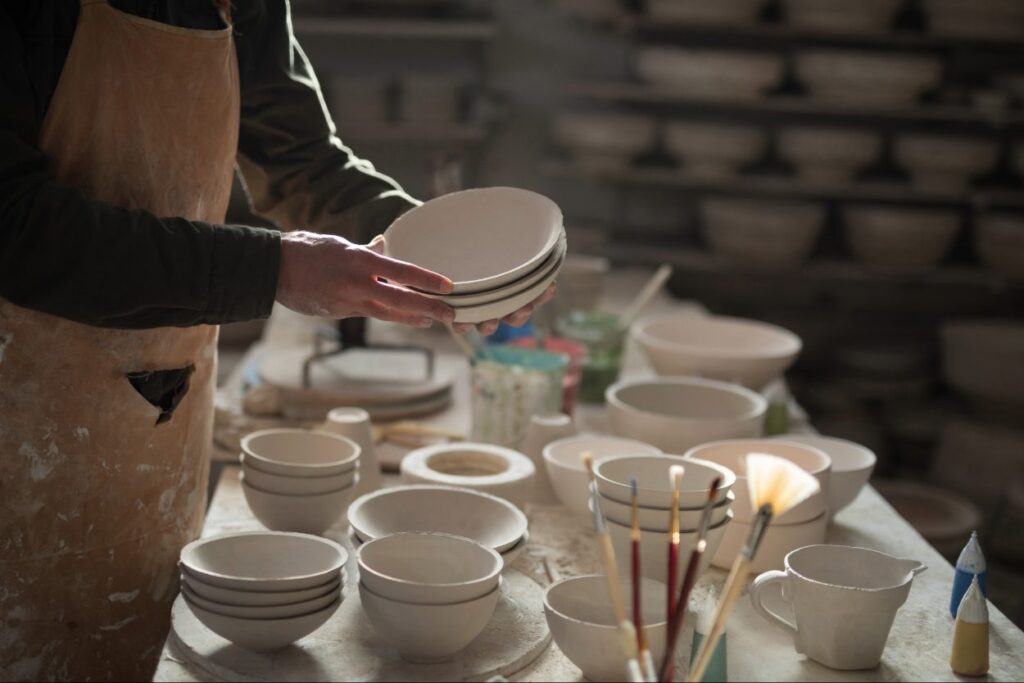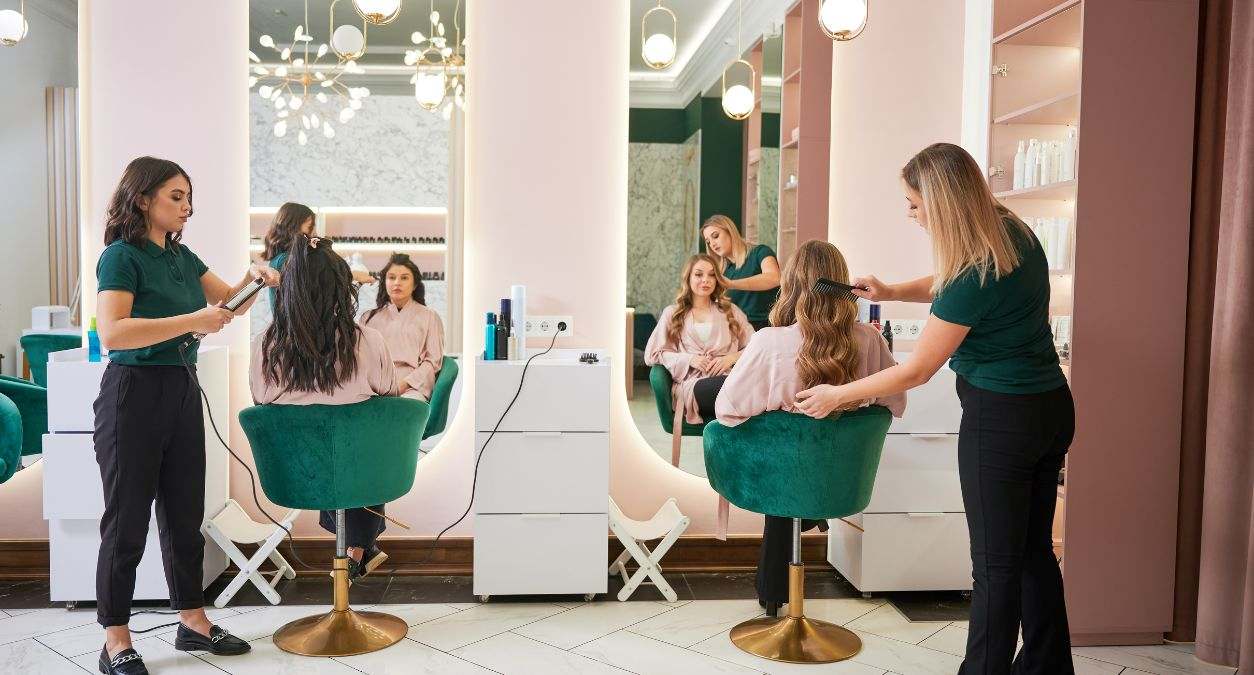Table of contents
Table of contents
Life coaching is one of the fastest-growing personal development professions in the UK. With more people seeking support for confidence, career transitions, mental wellbeing, work–life balance and long-term goal setting, the demand for skilled and credible life coaches continues to rise.
Although estimates suggest there are more than 100,000 practising life coaches in the UK, the sector remains largely unregulated, making it difficult to determine exact numbers. This lack of regulation is increasingly highlighted in media reports, drawing attention to the fact that many individuals operate without formal training, essential skills or clear ethical standards.
For those entering the profession, it is more important than ever to understand these issues and take the appropriate steps to pursue reputable, accredited training. Doing so ensures high-quality support for clients and helps new coaches establish a trustworthy, professional reputation.
In this guide, we’ll explore a typical pathway into life coaching, from training and specialisms to what life coaches actually do, how to qualify, potential earnings, and how to build a successful and sustainable coaching business in the UK.
What does a life coach do?
Life coaches support clients to create positive change, set meaningful goals and develop clarity around their personal or professional direction. Unlike therapy or counselling, coaching is forward-focused. Coaches don’t diagnose or treat mental health conditions, instead, they help clients build motivation, accountability and confidence.
A life coach may help clients with:
Improving confidence and self-belief
Helping clients build inner trust, recognise their strengths and overcome limiting beliefs.
Career changes or progression
Guiding clients to clarify their career direction, make informed decisions and take steps toward advancement.
Navigating life transitions
Supporting clients through major changes such as relocation, parenthood, redundancy or retirement with clarity and resilience.
Building healthier habits or routines
Encouraging sustainable lifestyle changes that align with the client’s wellbeing and long-term goals.
Stress management and wellbeing
Assisting clients in identifying stress triggers and developing practical strategies to improve balance and emotional health.
Time management and productivity
Helping clients prioritise effectively, stay organised and maximise focus to achieve their goals.
Relationship or communication challenges
Improving interpersonal skills, boundaries and self-awareness to strengthen personal or professional relationships.
Goal setting and long-term planning
Supporting clients to define clear, realistic goals and create actionable plans to achieve them.
Most coaches use structured frameworks and tools such as the GROW model, Wheel of Life, positive psychology principles, solution-focused coaching and powerful questioning techniques. Sessions may be delivered online, in person, by phone, or through group programmes.
Types of life coaches
Many life coaches choose to specialise in a niche to better serve specific client needs. As the coaching industry has grown, clear patterns have emerged around the types of challenges people seek support for, leading to a wide range of specialist coaching fields. Popular coaching niches in the UK include:
- General Life Coaching
- Career Coaching
- Confidence & Mindset Coaching
- Executive & Leadership Coaching
- Business Coaching or Start-Up Coaching
- Health, Fitness & Wellbeing Coaching
- Relationship Coaching
- Financial or Money Mindset Coaching
- Spiritual or Transformational Coaching
- ADHD, Neurodiversity or Niche Identity Coaching
Choosing a niche isn’t essential at the start, but it can help you attract the right clients and build a clearer brand as you grow.
Why do people hire Life Coaches in the UK?

Life coaching has become an increasingly mainstream form of personal development in the UK, driven by greater awareness of its benefits, improved accessibility and a growing body of success stories. As individuals and organisations seek practical, forward-focused support, more people are turning to coaches to help them navigate challenges, achieve goals and enhance their overall wellbeing.
Several factors contribute to the growing demand:
Rising awareness of mental wellbeing
People want support but face long NHS waiting lists for therapy. Coaching offers a proactive, empowering alternative.
Increased workplace pressure
Burnout and career dissatisfaction are common leading more people to seek career or confidence coaching.
Growth of online coaching
With Zoom and social media, coaches can reach clients nationwide and internationally.
Corporate investment in coaching
More businesses are training managers in coaching skills or hiring external coaches for leadership teams.
Changing attitudes towards personal development
Life coaching is no longer seen as a luxury; it’s becoming a mainstream tool for growth.
Overall, the industry shows no sign of slowing down, making it an appealing career option for those passionate about supporting others.
Skills & qualities you need to be a life coach
You don’t need to be an extrovert or have every aspect of your life perfectly figured out to become an effective life coach. What matters most is your commitment to personal growth and your desire to support others on their own journey.
Many people enter the profession because they want to help others, give back after their own transformative experiences or apply their strengths in a more meaningful, people-focused career.
The skills and qualities that make a strong coach can be developed over time, and often grow naturally through training, practice and ongoing self-reflection.
Typically, strong coaches do share these certain qualities:
- Empathy and emotional intelligence
- Active listening
- Curiosity and open-mindedness
- Non-judgmental presence
- Strong communication skills
- Ability to hold boundaries
- A desire to help people grow
- Organisational skills (especially for self-employed coaches)
Training & qualifications: How to become a qualified life coach in the UK

There is no legal requirement for life coaches to hold a qualification in the UK. However, training is strongly recommended for building credibility, skills and confidence.
What to look for in a life coaching course
Choose a programme that includes:
- Accreditation (ICF, EMCC or Association for Coaching)
- Practical coaching hours
- Observed or supervised practice
- A clear ethical code
- Coaching models & frameworks
- Feedback and mentoring
- Business-building guidance (optional, but very helpful)
Types of courses
- Short introductory certificates (great for exploring the field)
- Professional diplomas – typically Level 3, 4 or 5 equivalent
- ICF or EMCC-accredited training programmes
- NLP practitioner training (optional but popular)
- Specialist courses for niches such as health coaching or executive coaching
Costs and Duration
- Short courses: £200–£600
- Accredited diplomas: £1,500–£4,500
- Advanced or ICF/EMCC programmes: £3,000–£8,000
Courses can be completed in a few months to a year depending on level and format.
Experience & pathways into life coaching
People enter coaching from a wide range of backgrounds. Common pathways include:
- HR, leadership and corporate roles
- Counselling, therapy or wellbeing professions
- Personal training, yoga or holistic health
- Teaching, mentoring or youth work
- Business ownership or entrepreneurship
Most coaches start gaining experience during training through:
- Practice sessions with peers
- Volunteer coaching
- Reduced-rate sessions
- Case studies
- Supervision and mentor feedback
Building client testimonials early is invaluable for your portfolio and confidence.
Life coach salaries in the UK: What can you earn?
Income varies widely depending on experience, niche, marketing, and whether you’re employed or self-employed.
Typical Earnings
- Newly qualified coaches: £20–£35 per hour
- Experienced coaches: £50–£100 per hour
- Specialist/executive coaches: £100–£250+ per hour
- Corporate day rates: £500–£1,500
Many coaches supplement one-to-one work with:
- Workshops
- Group programmes
- Online courses
- Products or memberships
This can significantly boost earnings and stability over time.
How to become a self-employed life coach
The majority of UK life coaches are self-employed. This offers freedom and flexibility but also requires business know-how.
Setting up your coaching business
- Register as self-employed with HMRC
- Obtain professional indemnity insurance
- Prepare coaching contracts and policies
- Ensure GDPR compliance for client data
- Set your pricing and packages
- Define your niche or target audience
Marketing yourself as a coach
Successful coaches typically build their practice by:
- Creating a simple, clear website
- Using social media strategically
- Offering a free discovery call
- Writing blogs or sharing educational content
- Networking online or locally
- Requesting client testimonials
- Using SEO to attract organic traffic
- Appearing on podcasts or local events
- Partnering with charities or organisations
Consistency is key. Most coaches build momentum gradually over 6–12 months.
Professional bodies & accreditation for coaches
Joining a professional coaching organisation adds credibility and supports ethical practice.
Major UK bodies include:
- International Coaching Federation (ICF)
- European Mentoring and Coaching Council (EMCC UK)
- Association for Coaching (AC)
- British Association of Counselling and Psychotherapy (BACP)
Membership benefits:
- Professional recognition
- Ethical guidelines
- CPD opportunities
- Access to supervision
- Community and networking
- Client trust and confidence
Challenges of becoming a life coach
Like any profession, life coaching has its challenges:
- Standing out in a competitive market
- Managing inconsistent income when starting out
- Learning to market yourself confidently
- Setting boundaries with clients
- Understanding scope of practice vs. therapy
- Continual professional development
For those passionate about helping people grow, these challenges are manageable and often become part of the journey.
Is life coaching the right career for you?
If you’re drawn to personal development, enjoy supporting others and are excited by the idea of running your own business or flexible career, life coaching can be hugely rewarding.
It’s a profession built on growth both for your clients and for yourself. If you’re ready to start your journey, 2026 could be the year to make it happen as demand is strong with clients seeking out qualified, specialist coaches.
Get Life Coach Insurance from Protectivity

*Disclaimer – This blog has been created as general information and should not be taken as advice. Make sure you have the correct level of insurance for your requirements and always review policy documentation. Information is factually accurate at the time of publishing but may have become out of date.
Last updated by
















































